commercial
A new era of sustainability
Environmental, Social & Governance efforts take center stage in commercial buildings.
By: Dr. Paul Sambanis
When it comes to commercial buildings, sustainability is often correlated with a few common terms: water conservation, green products, energy savings and more. These trending topics have led the charge in recent years toward sustainable specifications and a building’s LEED rating.
But other leading, newer initiatives have emerged these last few years—Environmental, Social, and Governance (ESG) disclosures, transparency, and the WELL Building Standard, to name a few—that are now shaping the sustainability landscape.
And the restroom plays an important part in these sustainability efforts. As the second-most visited area in any commercial building, the restroom has a unique opportunity to impact a building’s water conservation efforts, and these new trends play a pivotal role.
While traditional hallmarks of sustainability are still important—in fact, they’re essentially prerequisites to specification—it’s the efforts around ESG, transparency, and WELL that are propelling the sustainability discussion forward.
Establishing ESG
ESG emerged from the finance industry after the realization that how well a company manages risks and opportunities related to environmental, social, and governance topics contributes to significant financial impacts.
While certainly not a new term, ESG has gained momentum in recent years. ESG is a framework available to companies with an existing culture of corporate social and environmental responsibility for understanding and measuring how sustainably that organization is operating, so that they can then improve their environmental and social credentials to attract investment.
Environmental topics range from climate issues and carbon emissions to energy conservation and more. Social elements pertain to human rights and diversity, equity, and inclusion. The governance aspect relates to how well business is administered.
Many companies are now adopting the framework, and it’s starting to become a requirement in some areas.
Sloan’s touch-free Restroom of the Future pilot initiative is an entirely hands-free experience that includes a sensor-activated entry door, flood detection sensors, self-guided faucets, next-generation hand dryers and more.
Transparency topics
In addition to disclosures for ESG reporting, product manufacturers are increasingly choosing to offer complete transparency into how their products are made and their life cycle environmental impact through Environmental Product Declarations (EPDs) and Health Product Declarations (HPDs).
Eighty percent of global consumers believe brands must be transparent. Just like a nutrition label on food, people want to know what’s behind the products that make up their building.
EPDs and HPDs work to achieve this need through an objective, transparent report that communicates how much a product’s composition impacts the environment across its entire life cycle.
Instead of identifying impacts like calories and daily recommended allowances as a nutrition label would, an EPD identifies life cycle impacts like global warming, ozone depletion, water and air pollution, and greenhouse gas emissions. EPDs are meticulous third-party examinations that offer holistic evidence of a product's drive toward sustainability.
To achieve a LEED v4 Materials and Resources credit - EPD for BD+C, a project team must specify 20 different products that have an EPD, each of which are sourced from at least five different manufacturers.
Architects and designers are also now looking beyond water and energy performance, paying more attention to how a building may impact the health of its occupants. A Health Product Declaration (HPD) provides a transparent account of the materials and substances contained within products, as well as any potential human health effects they might have. These findings are then compared to a set of safer chemical data lists like GreenScreen that government agencies have established.
HPDs encourage the specification of products and materials that have disclosed their inventoried chemical ingredients by way of an accepted methodology. HPDs also promote selected products that have been verified to minimize the use and generation of harmful substances.
Additionally, HPDs help projects qualify for other green building rating systems, including Living Building Challenge (LBC) and the WELL Building Standard (WELL).
All’s well that ends WELL
When discussing the need for increased transparency in commercial buildings, the growth of WELL is one of the latest examples. Created by the International WELL Building Institute in 2014, WELL is a rating system that provides guidelines to create a high-performing building that focuses on the health of the occupants in the places we live, work, and play.
And it’s a fast-growing trend. The WELL Building Standard v2 was released in 2020, which evolved from the original release in 2014 and the v2 pilot standard from 2018. Just a few years later, WELL now impacts over 17.3 million people in over 37,000 locations. On average, 5 million square feet are now WELL-registered every day.
The standard is divided into 10 concepts. Examples of strategies included in WELL include air quality, water quality testing and maintenance, hygiene and handwashing support, provision of spaces, and policies that foster mental health, accessibility, and more. Unsurprisingly, the restroom plays a major role in a number of these factors.
With society’s increasing return to post-pandemic life, facility managers want to make people feel more confident about reentering buildings.
Dr. Paul Sambanis is the Vice President of Sustainability at Sloan Valve Company.
Images courtesy of Sloan.




